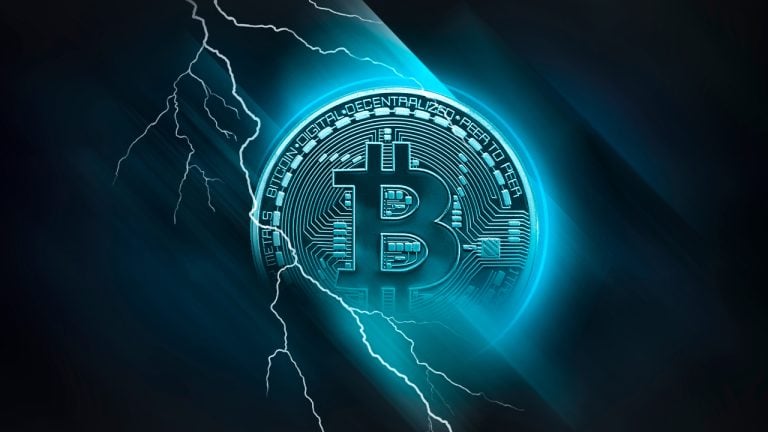
The company said it will allow customers to pay with any bitcoin lightning-enabled app and QR codes for speedy payments.
Pick n Pay, one of South Africa’s largest supermarket chains, is set to allow its customers to pay for items in all its stores using Bitcoin.
According to South African-based tech news outlet Tech Central, Pick N Pay is planning to roll out its cryptocurrency payments service to its stores nationwide in the coming months, after years of experimentation in select stores. The supermarket chain allegedly started experimenting with Bitcoin payments five years ago in Cape Town, but was stymied by expensive costs and long transaction wait times.
The nationwide rollout will allow the store's customers to pay for items using cryptocurrency through “trusted apps” on their smartphones, or by simply scanning a QR code and accepting the rand conversion rate at the time of payment.
As per the report, Chris Shortt, the group executive for IT at Pick n Pay, shared that the advancement and evolution of cryptocurrency technology over the years has made it possible to now “provide an affordable service for high volume, low-value transactions that will promote financial inclusion in South Africa."
Pick n Pay reportedly partnered with Electrum and CryptoConvert during its pilot program to make it possible for customers to pay for items via the bitcoin lightning network.
Related: South African crypto landscape primed for TradFi growth after FSCA ruling
South Africa appears to be making headway when it comes to the adoption of cryptocurrency in the African region. In October, South Africa’s Financial Sector Conduct Authority (FSCA) amended its financial advisory to define crypto assets in the country as financial products, making it possible for cryptocurrencies to be offered by both domestic and international South-African licensed financial service providers.
Chainalysis’ 2022 Global Crypto Adoption Index, published in September, also ranked South Africa 30th worldwide for cryptocurrency adoption. Various estimates support the notion that about 10-13% of the South African population are crypto holders.










